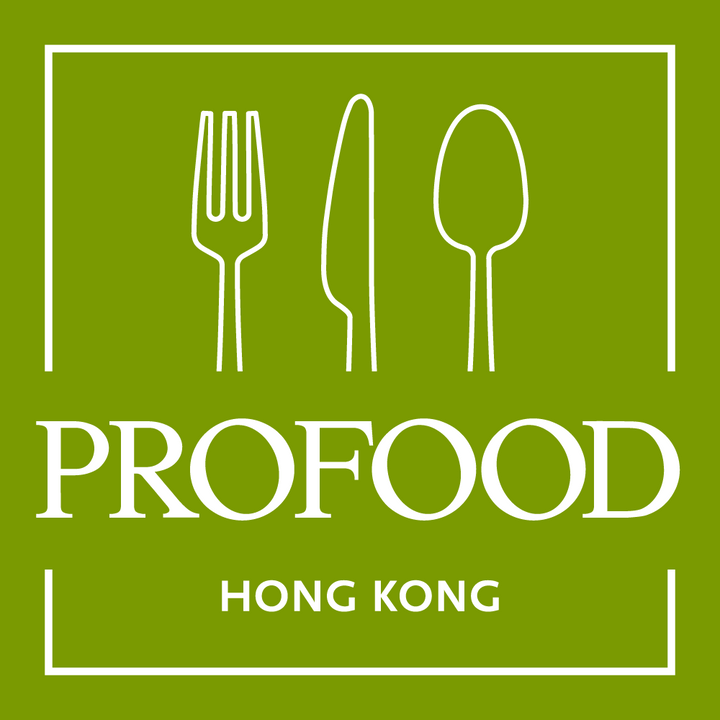
Nestled in the rolling Tuscan hills, Petrolo Estate is a strikingly beautiful place, encircled by lush, green forest. A rustic 18th century tower perched atop Roman foundations gives the land its centrepiece, while beehives dot the surrounding gardens. Small wonder, then, that this captivating corner of Chianti enchanted renowned artist Luca Sanjust enough to put aside his brushes and return home to run this winery, olive oil and honey-producing estate.

While these days Chianti is synonymous with vineyards, the region has actually produced high-quality olive oil for hundreds, and possibly even thousands of years. Luca explains, “Since the Etruscan people, then the Romans, to medieval, renaissance and modern times, people have lived here, producing olive oil more than wine.”
Meanwhile, Petrolo’s production methods have, surprisingly, remained much the same as they would have been at the beginning of the 14th century, when the region first became noted for its oil. “It's very simple, you prune them [olive trees] during winter and spring, and then the production of oil is the same. You crush the olive – we crush in the traditional, or "cold" way – and then after the crushing, you separate the oil from the water.” The simplicity of this process – using only the Moraiolo, Leccino and Frantoio trees native to this region of Tuscany – along with the estate’s own unique microclimate, provides the perfect conditions in which to produce the quality Extra-Virgin Olive Oil that Petrolo are famed for.

An all-organic enterprise, Petrolo work in careful synchronicity with the estate’s delicate ecosystem. Luca explains, “From the plants, from the forest, from the bees, from the animals we have – everything gives something special to Petrolo”.
Petrolo’s honey is produced every bit as thoughtfully as its oil, with a great respect for the protection and conservation of the estate’s thriving bee population. “You know, bees are extremely important for the ecosystem, because they go around trees and flowers and they are very important in the chain of nature to help plants reproduce”, Luca explains. Living in approximately 60 beehives all over the estate, Petrolo’s bees produce just three varieties of honey; Millefiori (or “Thousand-Flower”) Honey, is, as the name suggests, created from a blend of all the plants that bees visit, whereas the delicately amber-toned Acacia Honey comes purely from bees who feed on the estate’s many acacia trees. While all of the brand’s honey is produced in very limited quantities, the earthy chestnut variety is further restricted by season, making it one to stock up on when you get the chance!
So check out our full range of Petrolo oil and honey, and fill your cupboards with the taste of Chianti’s rich history!


Kate Farr is a co-founding writer and editor at Editors' Ink HK, a blogger at Accidental Tai-Tai and a mum to two little boys. With a husband who's an enthusiastic amateur cook and two young sons with big appetites to feed, mealtimes play a central role in Kate's home life. Motto: "Diet? What diet?' Follow her on Instagram.
Comments will be approved before showing up.
It’s the most wonderful time of the year… if you love all things indulgent, that is! Christmas time is all about treating yourself and your loved ones, and we think that the way to...
A delicate and light appetiser with beautiful flavour combinations - the sweetness of the carrots, the juiciness of the tomatoes, and the texture...
Anchovies are a much-loved staple for many different reasons – for one, they add an instant punch of umami to the very plainest of dishes. However, I love...
Sign up to get the latest on sales, new releases and more …
